Native American tribes from across the country have a rich history of utilizing medicinal plants for various purposes. These plants have been used for centuries and have provided relief for a wide range of ailments. Let’s explore 10 Native American medicinal plants, their traditional uses, and any scientific evidence supporting their effectiveness.
10 Native American Medicinal Plants
Long before modern medicine, ancient cultures and the aboriginal peoples of North America used plants for common health problems. Healing wounds, clearing a cough, and more. Though modern medicine has paved the way to saving lives and preventing deaths from what we now consider mild problems, we shouldn’t completely forget about medicine’s origins. Native American medicinal plants have been helping to improve health for centuries. Here are 10 of the best ones.
10 Native American Medicinal Plants
Echinacea (Echinacea purpurea)
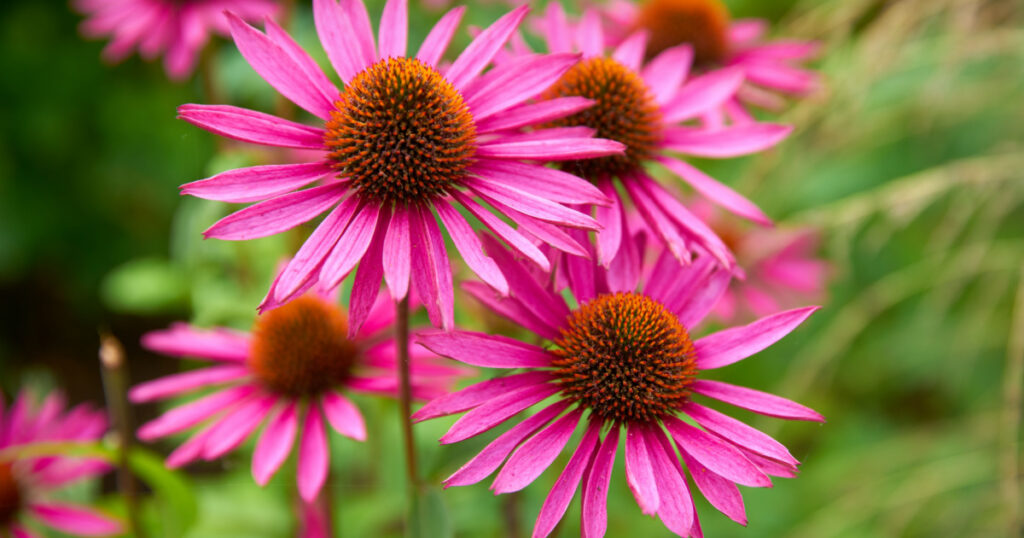
Native to the Great Plains, Echinacea is widely used by various tribes to boost the immune system and treat infections. Recent studies have shown its potential in reducing the duration and severity of the common cold. That being said, some people have experienced side effects. The general consensus is that, while promising, more research is needed. (1)
White Sage (Salvia apiana)

Sacred to many Native American tribes, white sage is used for ceremonial purposes as well as for its medicinal properties. It has been traditionally used to treat respiratory issues, such as colds and sore throats, and recent research suggests it may possess antimicrobial and anti-inflammatory properties. It is found in California and Baja California and was traditionally used by the Chumash people. (2)
Yarrow (Achillea millefolium)
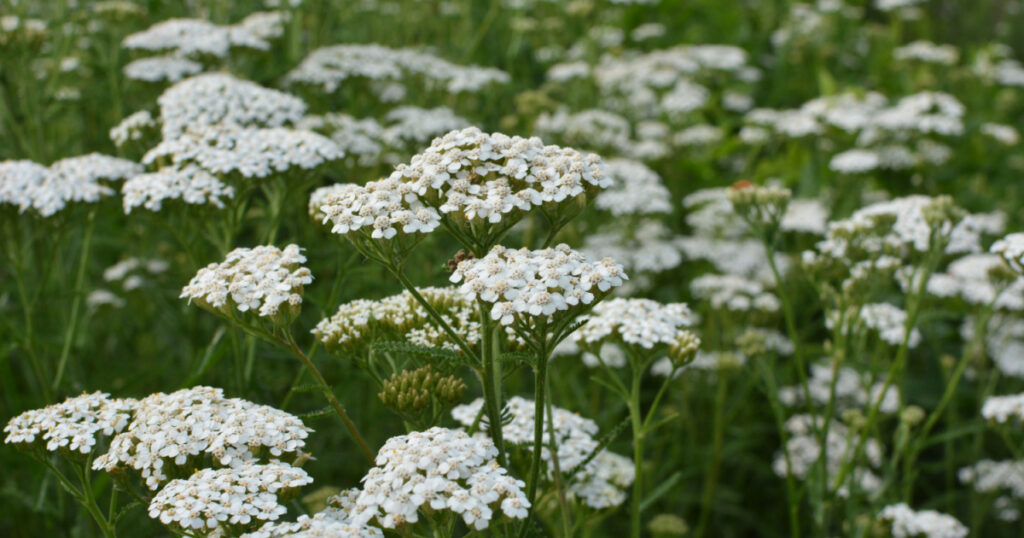
Yarrow is a versatile medicinal plant known for its wound-healing properties. Native American tribes like the Navajo have used yarrow for generations to stop bleeding and promote the healing of cuts and scrapes. They also used it orally to reduce inflammation of the digestive tract. There are other claims about what you can use Yarrow for, however, none of these are backed up by science. (3)
Black Cohosh (Actaea racemosa)
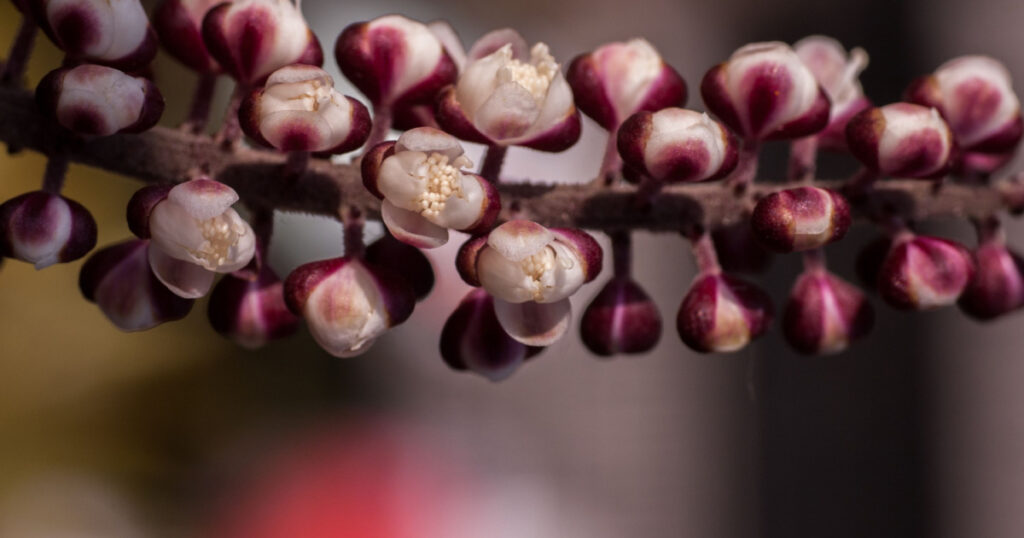
Black cohosh has been used by several Native American tribes to treat musculoskeletal pain, fever, cough, pneumonia, sluggish labor, and menstrual irregularities. Today, it is used primarily to alleviate symptoms of menopause and menstrual cramps. While more research is needed, some studies indicate that black cohosh may have estrogen-like effects, providing relief from certain menopausal symptoms. (4)
Bearberry (Arctostaphylos uva-ursi)
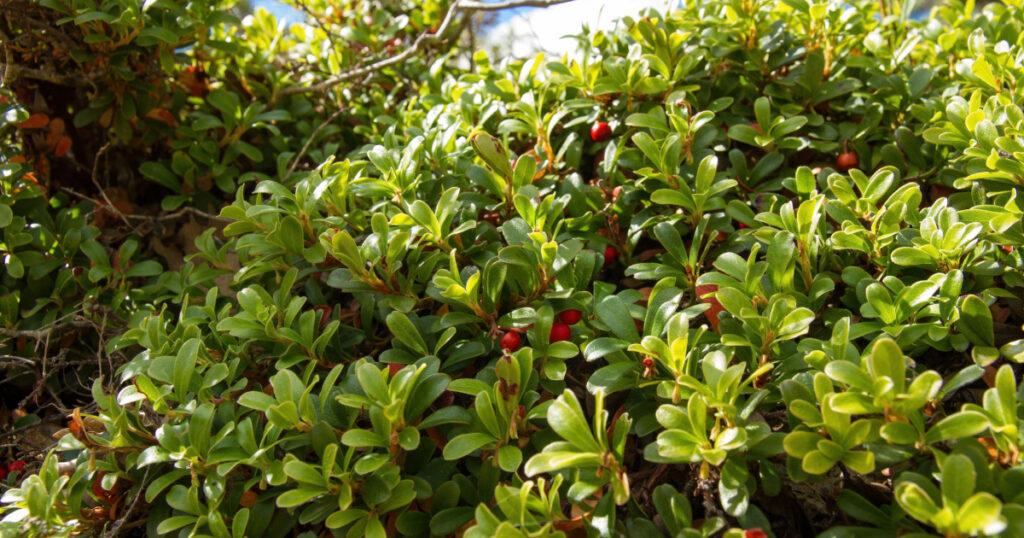
Bearberry, also known as kinnikinnick, has a long history of medicinal use among Native American tribes in the northern regions of the United States. The leaves of the plant are used to treat urinary tract infections, and recent research suggests that bearberry has antimicrobial properties. (5)
Mugwort (Artemisia vulgaris)
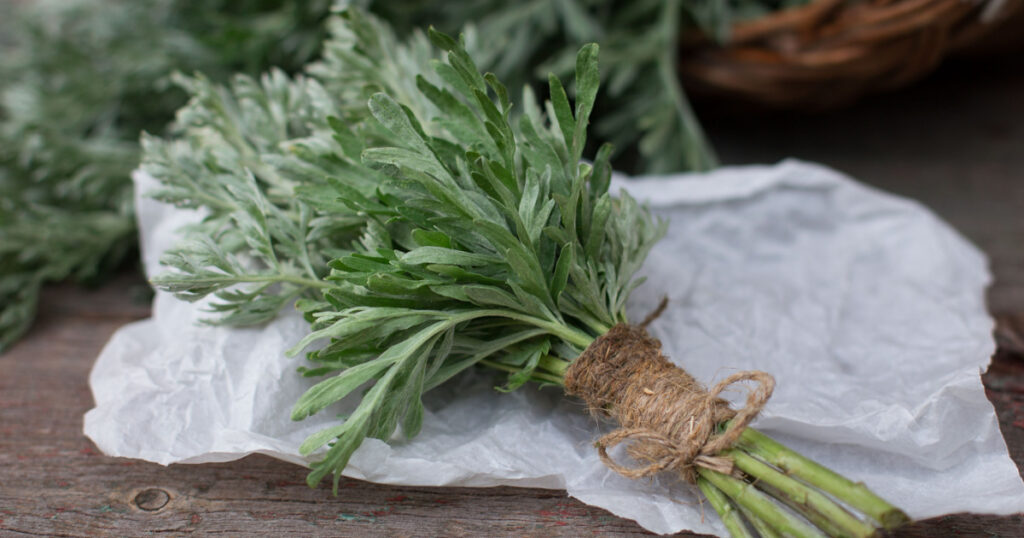
Mugwort has been used by Native American tribes for various purposes, including digestive disorders and menstrual irregularities. Recent studies have demonstrated its potential in reducing anxiety and improving sleep quality. It has been promoted as a sedative, laxative, and liver tonic, however, very few studies have been done on it. More research is needed. (6)
Devil’s Club (Oplopanax horridus)
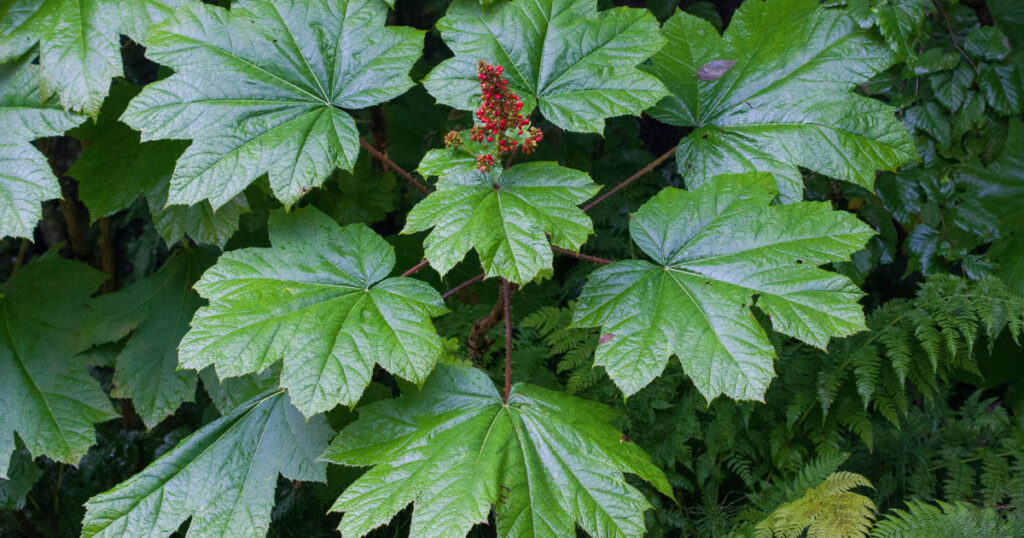
Native to the Pacific Northwest, devil’s club is one of the most important herbs to the Native Americans in this region. The plant is traditionally used for treating arthritis and relieving pain. Some research suggests it may possess anti-inflammatory and analgesic properties. (7)
Red Root (Ceanothus americanus)
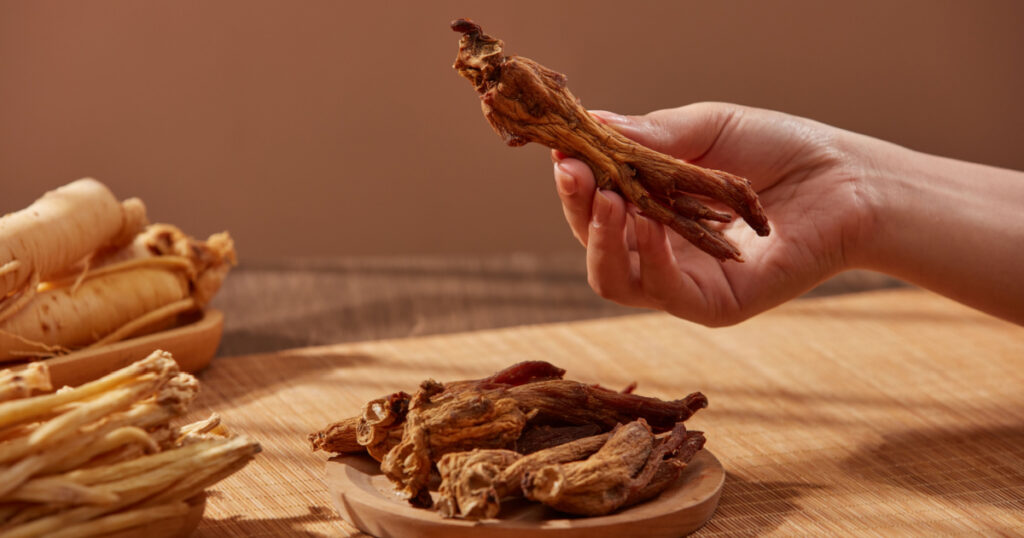
Red root, also known as New Jersey tea, has a long history of use among Native American tribes for treating many conditions. These include respiratory ailments, digestive disorders, fever, pneumonia, toothaches, and urinary tract infections. Recent studies have shown its potential in inhibiting the growth of certain cancer cells. (8)
Sweetgrass (Hierochloe odorata)
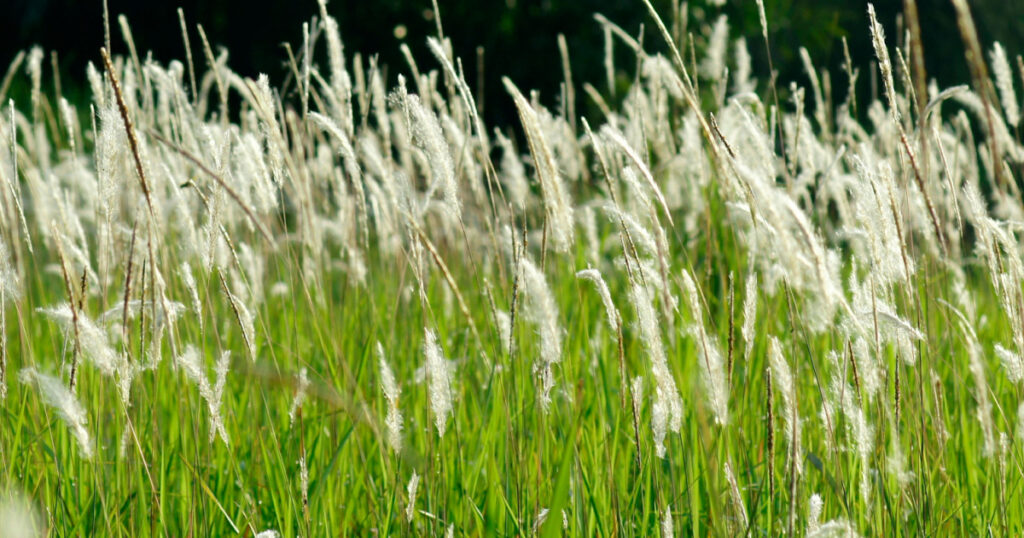
Sweetgrass is a sacred plant used by Native American tribes, including the Lakota and Cheyenne, for spiritual and healing purposes. It has been traditionally used to attract positive energy and promote relaxation. Recent studies suggest that sweetgrass may have antimicrobial properties. A cold tea made from this herb can be used to treat eye infections, and some say inhaling vapor with sweetgrass in it may help the common cold. (9)
Wild Bergamot (Monarda fistulosa)
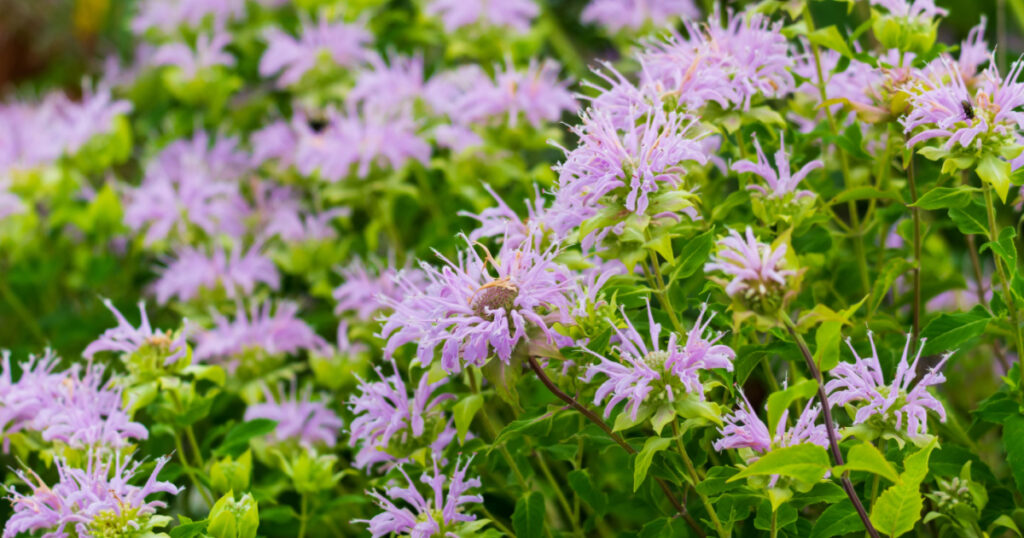
Native to several parts of North America, wild bergamot has been used by tribes like the Ojibwe to treat colds, fevers, and digestive issues.The Tewa ground it into a powder that they rubbed on the head to treat headaches, over the body to cure a fever, as well as a remedy for colds and sore eyes. Research shows that wild bergamot contains compounds with antimicrobial and antioxidant properties. (10)
Plants Are Important for Health
Native American medicinal plants have played a significant role in traditional healing practices for centuries. While many of these plants have been utilized for their therapeutic properties, scientific research continues to provide evidence supporting their traditional uses. By acknowledging and appreciating the knowledge of Native American tribes, we can better understand and benefit from the healing power of these remarkable plants.
Sources
- “Echinacea purpurea: Pharmacology, phytochemistry and analysis methods.” NCBI. Azadeh Manayi, et al. January- June 2015.
- “White Sage (Salvia apiana)-a Ritual and Medicinal Plant of the Chaparral: Plant Characteristics in Comparison with Other Salvia Species.” Pubmed. Agata Krol , et al. July 2022.
- “Yarrow.” Mount Sinai.
- “Black Cohosh.” NIH
- “Uva ursi.” Mount Sinai
- “Mugwort.” NIH
- “Oplopanax horridus: Phytochemistry and Pharmacological Diversity and Structure-Activity Relationship on Anticancer Effects.” NCBI. Kai Wu, et al. September 2018.
- EFOTG
- “Sweet Grass.” STMU
- “WILD BERGAMOT.” USDA

